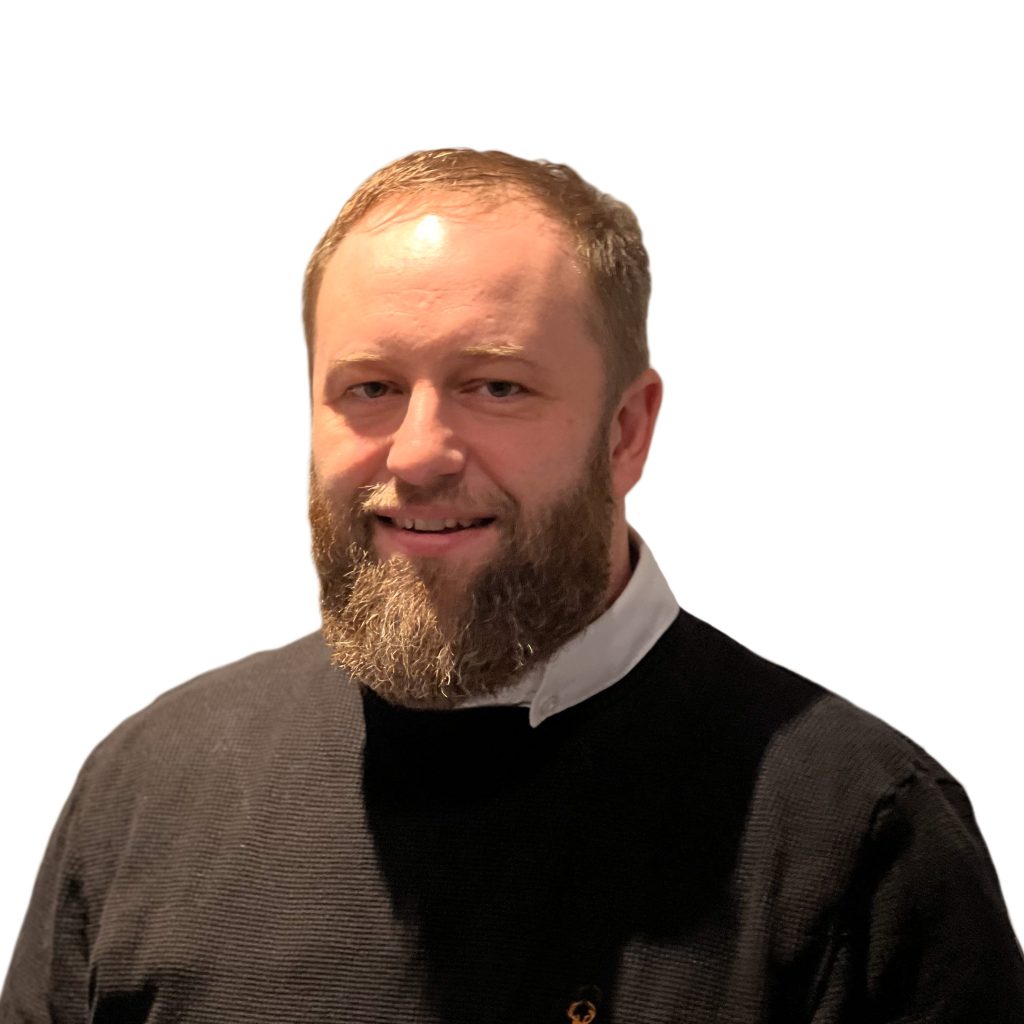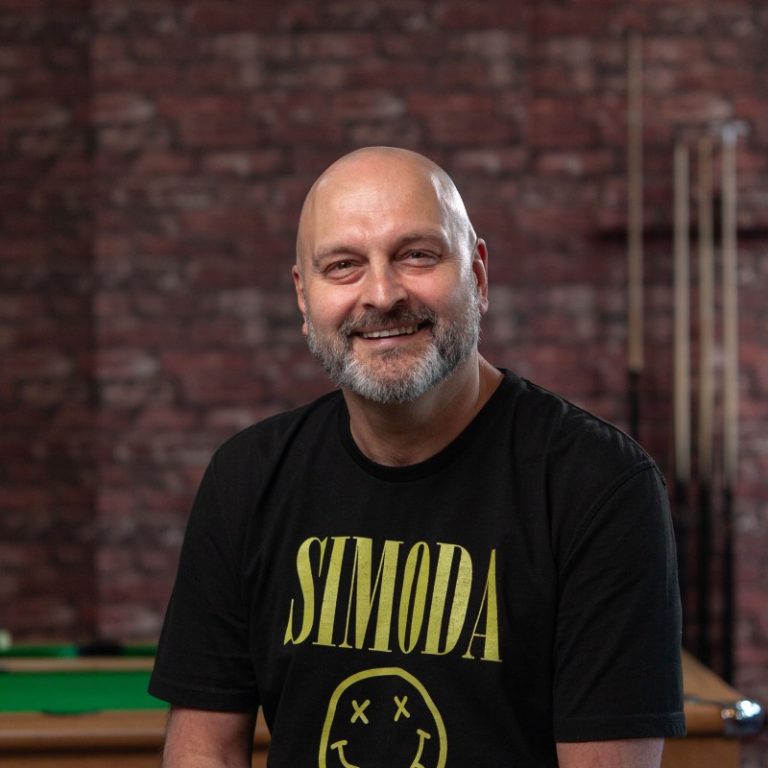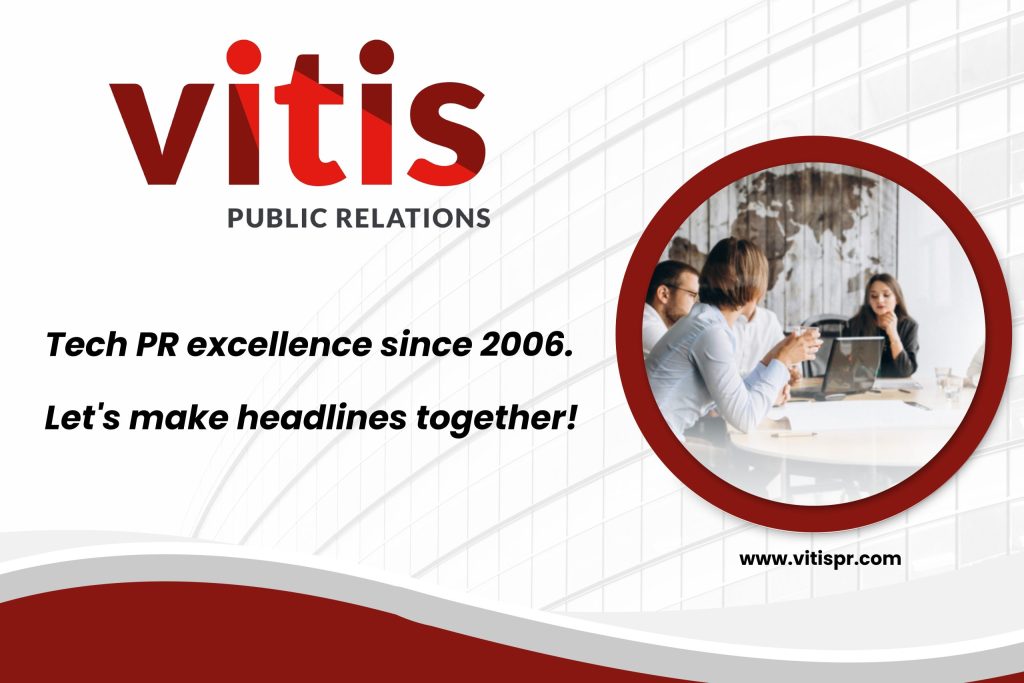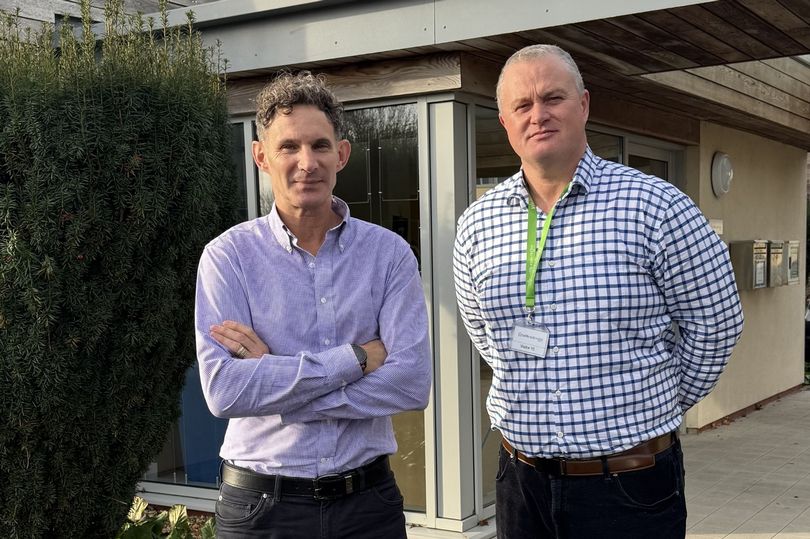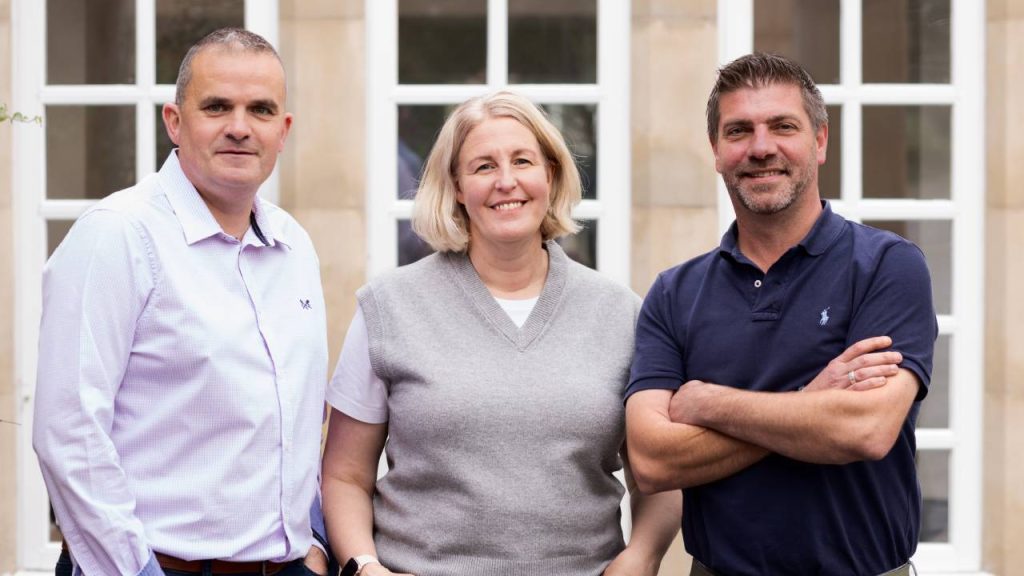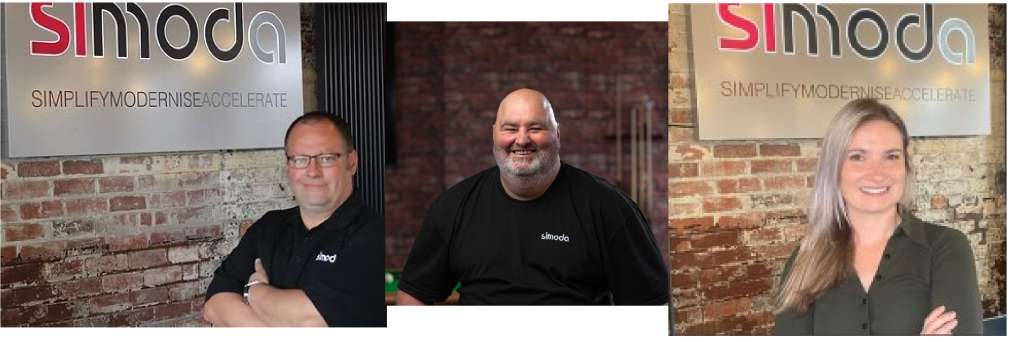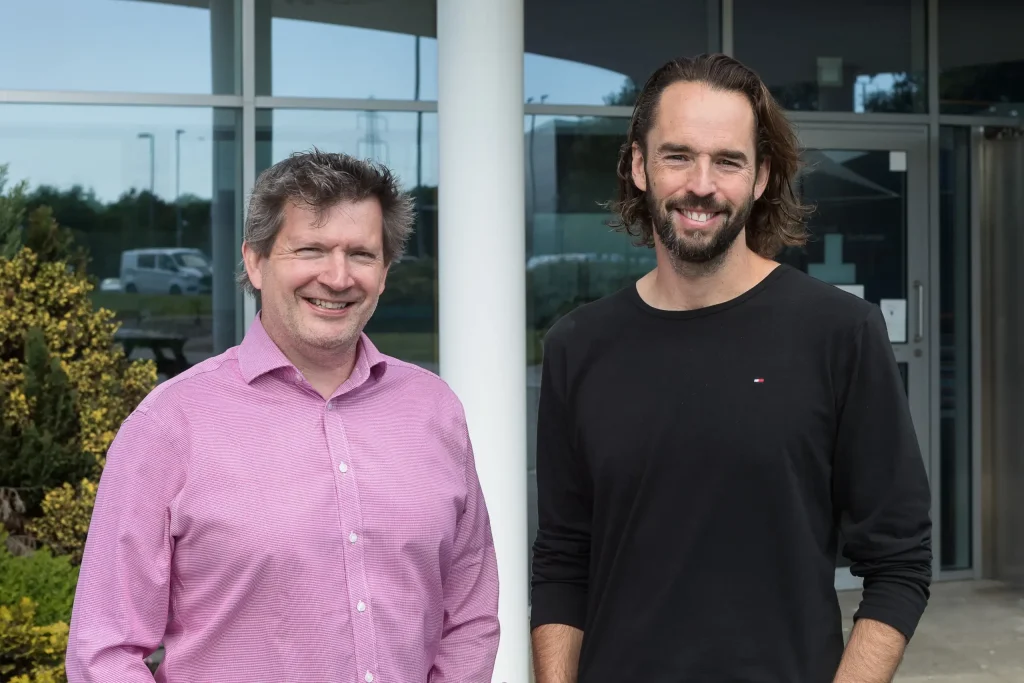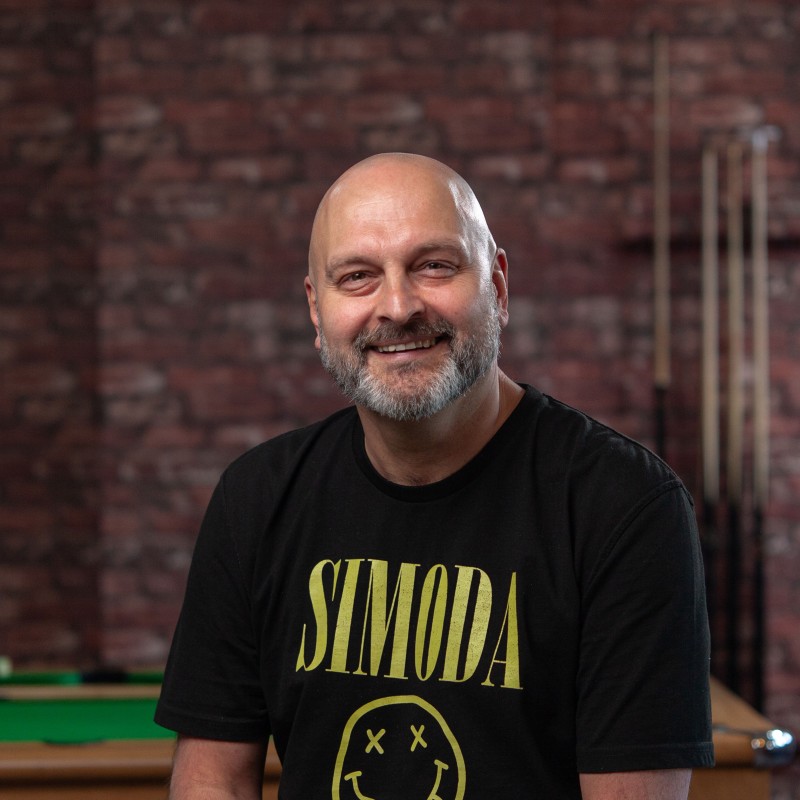Wireless CCTV (WCCTV), based in Rochdale, Manchester is a provider of mobile surveillance technology. The company recently launched Stellifii, a new AI-driven, cloud-based platform designed to transform how organisations monitor, manage, and protect their sites. We spoke with Mark Hastry, WCCTV’s Chief Technology Officer, about how AI is reshaping security, what’s next for adaptive monitoring, and why regional innovation is key to responsible AI adoption in the UK.
How is AI reshaping the way UK businesses approach security and site management?
Mark Hastry: AI has changed the game by allowing businesses to move from reactive to proactive management. Instead of simply recording incidents, systems like Stellifii use AI to detect patterns, anticipate risks, and alert users before problems escalate. This helps organisations make faster, data-driven decisions — not just in security, but in operations, logistics, and compliance too.
Where do you see the biggest gap between what AI can currently deliver and what businesses expect from it?
Mark: Expectations are understandably high, but AI isn’t a magic switch. The biggest gap is context — AI can process data incredibly fast, but understanding real-world nuance still requires human oversight. Businesses often assume AI can make fully autonomous decisions, but in reality, the best outcomes come from combining automation with expert review and intervention.
Many SMEs struggle with adopting AI-driven tools. What are the main barriers you’ve seen, and how can they be overcome?
Mark: Cost and complexity are two major hurdles. Smaller firms often lack the infrastructure or confidence to deploy AI securely. Education plays a huge role here — demystifying what AI actually does, showing measurable returns, and offering modular solutions that scale with business growth. Cloud-based delivery also helps lower the barrier to entry, letting companies trial AI safely before full adoption.
What were the main technical challenges in developing Stellifii, and how did you overcome them?
Mark: The hardest part was ensuring scalability and interoperability. Every customer has unique hardware, network setups, and security requirements. We built Stellifii from the ground up to integrate with legacy systems while leveraging cloud scalability. Balancing performance, privacy, and usability took time, but it means the platform can now support a wide range of use cases — from small construction sites to multi-site infrastructure projects.
How do you balance automation with human oversight in critical areas like surveillance and site safety?
Mark: Automation should amplify human capability, not replace it. Stellifii automates repetitive tasks like footage analysis and reporting, but final decision-making always involves human review. This approach ensures accuracy, accountability, and compliance — particularly important when dealing with public spaces or high-risk environments.
Stellifii integrates AI with cloud-based systems. What lessons have you learned about scaling AI for businesses with different risk profiles?
Mark: Flexibility is key. Not every organisation wants or needs full automation. Some just want better visibility or predictive analytics. We learned to design AI systems that adapt to each customer’s risk tolerance, data governance, and compliance framework. That adaptability has been critical to successful rollouts.
You’ve worked in telecoms, consultancy, and now security technology. How has that shaped your view of applying AI to business operations?
Mark: Each industry taught me something different about trust and reliability. In telecoms, it’s about uptime; in consultancy, it’s about understanding business goals. In security, it’s about protecting assets and people. AI sits at the intersection of all three — it’s only valuable if it’s accurate, transparent, and aligned with the user’s objectives.
What advice would you give CTOs and tech leaders considering integrating AI into their own processes?
Mark: Start small but start smart. Focus on one workflow where AI can clearly add value and measure the impact before scaling. Don’t chase trends — focus on real business needs. And always involve your teams early. Successful AI integration isn’t a tech project; it’s a change management exercise.
Looking ahead, which industries beyond construction and security stand to gain the most from adaptive monitoring technology?
Mark: We’re already seeing strong interest from utilities, transport, and manufacturing. Any industry that relies on distributed assets or critical infrastructure can benefit from intelligent monitoring. The potential for sustainability and efficiency gains is enormous.
How important is the North West tech ecosystem for companies like WCCTV?
Mark: Hugely important. Rochdale and the wider North West have a thriving network of tech talent, universities, and innovation hubs. Being based here gives us access to great people and collaborative projects, without the intensity or cost of larger city centres. The region has a real spirit of practical innovation.
What role should regional businesses play in shaping responsible adoption of AI across the UK?
Mark: Regional businesses are often closer to real-world challenges — they see firsthand how AI impacts operations and communities. That perspective is invaluable. By sharing experiences and collaborating on best practices, regional firms can ensure AI develops responsibly and inclusively across the UK.
Image source: WCCTV

